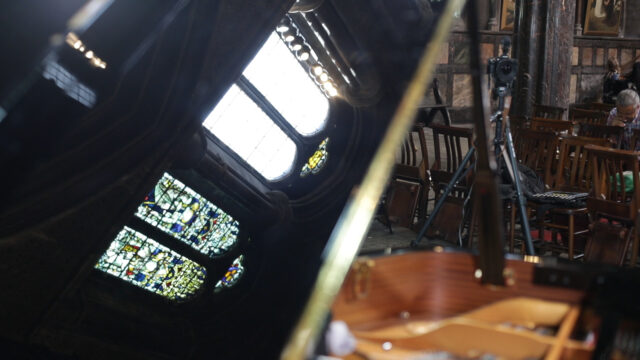The shape of Debussy’s Clair de Lune
The shape of Debussy’s Clair de Lune
Many of my piano students love Debussy, but to be honest, it is not the first choice for many piano tutors; mainly because his music adds a component of resonance into his realm, and that layer, as it is not apparent on the paper, it is challenging to grasp and to teach, especially for intermediate students, and much more, for piano beginners.
So, although Claude Debussy introduced a realm of resonance which never had in the history of music, a hierarchy on its own, he never overlooked the form or the harmony.
He had an immense sense of details in his melodies and the form; However, he was not focused on it as Beethoven or any Germanic-oriented composers. He mastered the equilibrium between his motives with grace and mastery.
One of the best examples is his piece “Claire de Lune.”
The presentation of the main idea follows the traditional form of four bars; then a contrasting idea appears with the same length of 4 bars followed by the repetition of the basic idea again, making this first statement a compound consequent of the called “sentence” (Arnold Schonberg terminology).
This first section carries on with the development of this form of a sentence until we arrive at the second section (See “un poco mosso“) in which he changes the shape to a period (also, terminology taken from Schonberg).
Two bars of a basic idea are followed by two bars of contrasting ideas and immediately after a consequent. This form of 2 bars + 2 bars is repeated twice more until we arrive at the compound period in “Tempo primo.”
The addition of a coda in “jusqu’a a la fin” gives this piece the feeling of being slipped from our hands.
As you can see, Debussy followed Classical patterns and form with a unique style and character without forsaking the overall shape of his pieces.
Full Analysis on:
https://www.piano-composer-teacher-london.co.uk/post/clair-de-lune-by-debussy-complete-analysis






